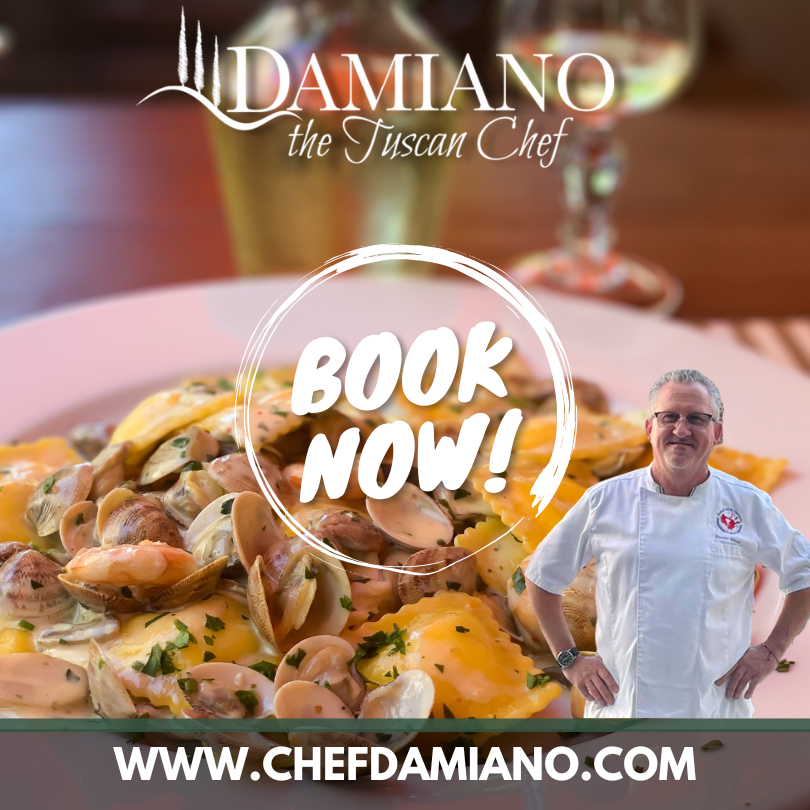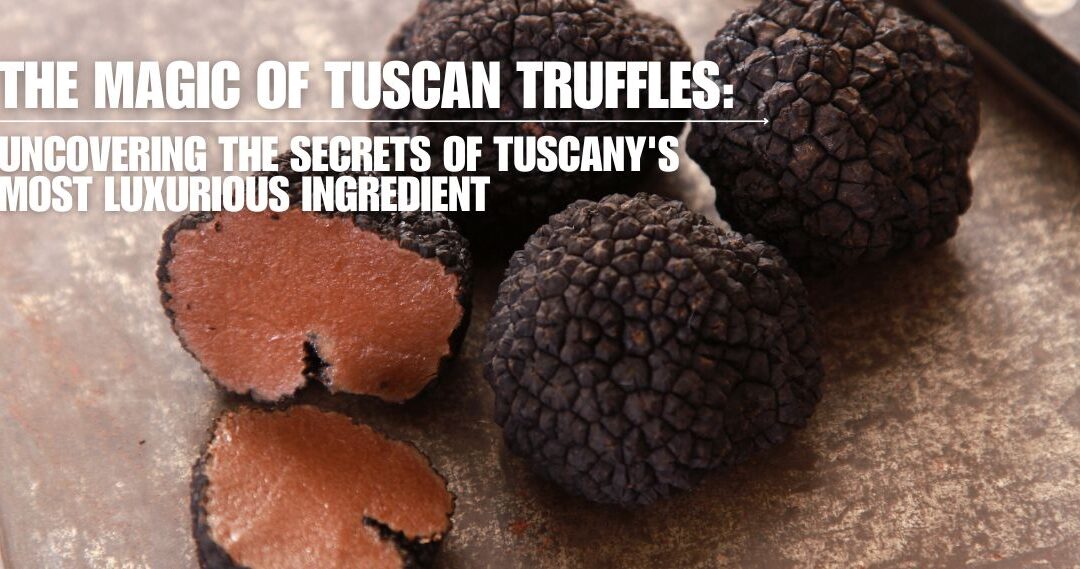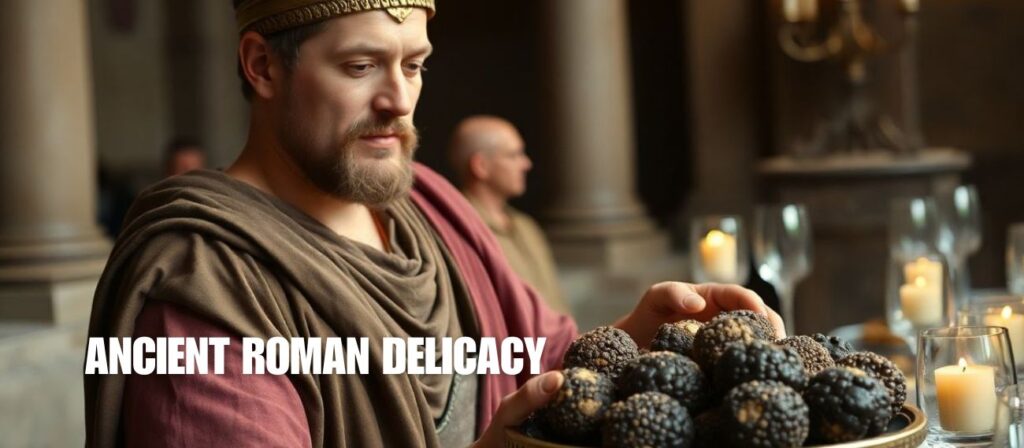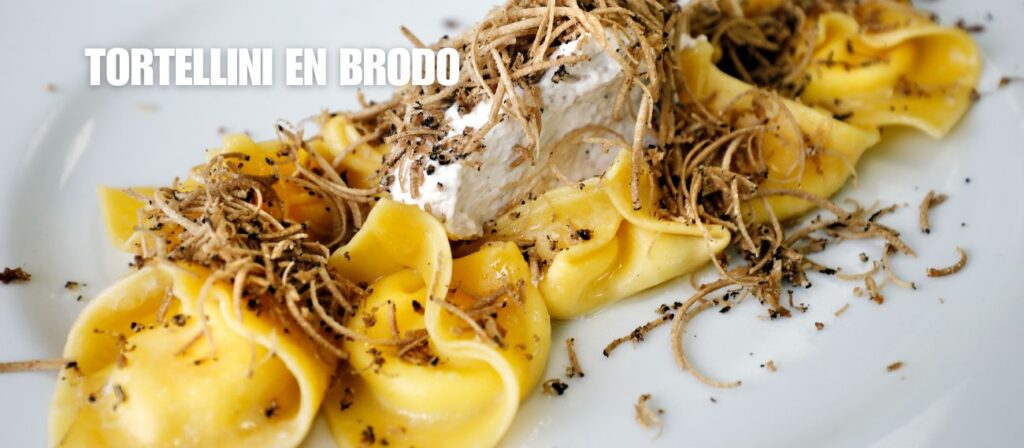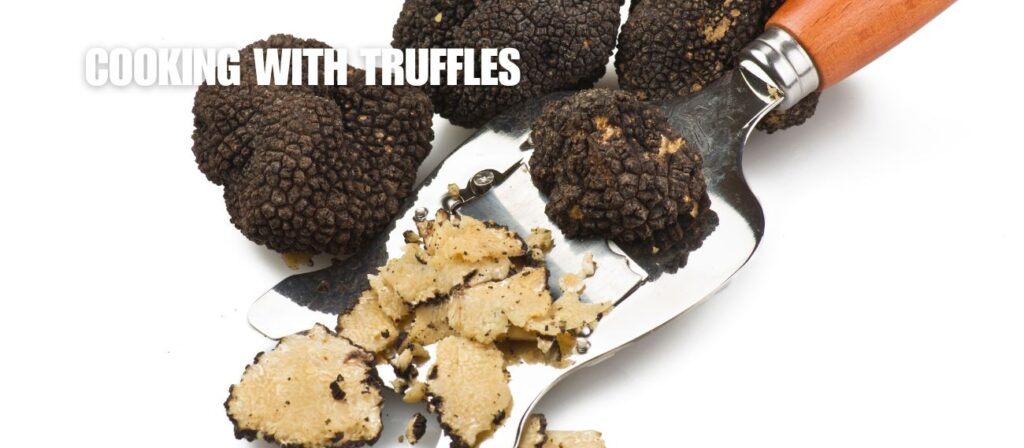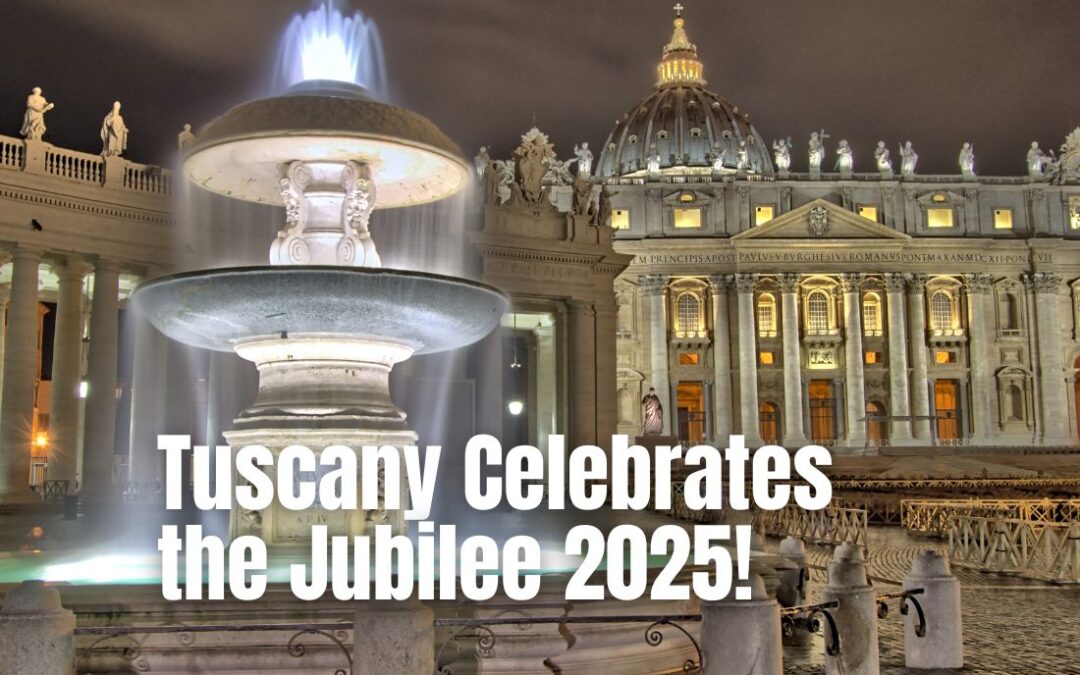
The Golden Hour: Embracing the Tuscan Aperitivo in Your Destin Summer
As the Florida sun begins its gentle descent, casting long shadows and painting the sky in hues of orange and pink, a certain magic fills the air. It’s a time for slowing down, for unwinding after a day spent enjoying the coastal breeze and sunshine. In Tuscany, this cherished time of day has a name – l’aperitivo. More than just a pre-dinner drink, the aperitivo is a ritual, a moment to savor good company, delicious small bites, and the simple pleasures of life. And while Destin, Florida, boasts its own vibrant culture of sunset gatherings, the spirit and flavors of a Tuscan summer aperitivo can add a touch of Mediterranean charm to any evening.
Imagine transforming your patio or balcony into a Tuscan-inspired haven, where the clinking of glasses mingles with the aroma of fresh herbs and the promise of a delectable meal to come.
The Essence of the Aperitivo: More Than Just Happy Hour
While often compared to the American “happy hour,” the aperitivo holds a deeper cultural significance in Italy. It’s not merely about discounted drinks; it’s a social occasion, a bridge between the workday and dinner. It’s a time to reconnect with friends, family, or colleagues, to share stories and laughter, and to awaken the palate with carefully selected drinks and appetizers. The pace is relaxed, the conversation flows freely, and the focus is on enjoying the moment.
In the Tuscan summer, the aperitivo takes on a particularly enchanting quality. As the heat of the day mellows, people spill out onto piazzas and terraces, basking in the warm evening air. The drinks are often lighter and more refreshing, designed to quench thirst and stimulate the appetite. Think crisp white wines, sparkling Prosecco, or perhaps a vibrant Aperol Spritz, its orange hue mirroring the setting sun.
Tuscan Summer Bites: A Symphony of Simple Flavors

The accompanying food during a Tuscan aperitivo is just as important as the drinks. These are not heavy, filling appetizers but rather small, flavorful bites designed to complement the beverages and tantalize the taste buds. The emphasis is on fresh, seasonal ingredients, often prepared with simplicity and showcasing the quality of the produce.
Imagine a platter featuring:
Crostini: Toasted slices of rustic bread rubbed with garlic and drizzled with fragrant Tuscan olive oil, perhaps topped with fresh tomatoes and basil (bruschetta) or a flavorful chicken liver pâté (crostini toscani).
Olives: A selection of locally sourced olives, marinated in herbs and olive oil, offering a salty and savory counterpoint to the drinks.
Cheeses: Small wedges of Pecorino Toscano, the region’s renowned sheep’s milk cheese, ranging from fresh and delicate to aged and robust.
Salumi: Thinly sliced Tuscan cured meats like prosciutto, salami, or finocchiona (fennel-seed salami), offering a rich and savory element.
Frittatas: Small, savory egg omelets filled with seasonal vegetables like zucchini, spinach, or peppers, perfect for a light and satisfying bite.
Panzanella Bites: Miniature versions of the classic Tuscan bread salad, featuring stale bread soaked with ripe tomatoes, cucumbers, onions, and basil, dressed with olive oil and vinegar.
Marinated Vegetables: Grilled or marinated zucchini, eggplant, or artichoke hearts, showcasing the summer’s bounty.
These simple yet flavorful bites perfectly capture the essence of Tuscan summer cooking – fresh, seasonal, and utterly delicious.
Bringing the Tuscan Aperitivo to Destin: Tips for Your Own Golden Hour

Even without a trip to Tuscany, you can easily bring the spirit of a Tuscan summer evening to your Destin home:
Embrace Simplicity: The beauty of the aperitivo lies in its understated elegance. Focus on fresh, quality ingredients and simple preparations.
Seasonal Flavors: Utilize the abundance of fresh produce available in Florida during the summer. Think juicy tomatoes, sweet basil, ripe peaches (perhaps grilled with a drizzle of honey), and vibrant bell peppers.
Refreshing Drinks: Opt for lighter beverages that complement the warm weather. Local craft beers, crisp white wines (regardless of origin!), sparkling water with a splash of citrus, or a homemade lemonade infused with fresh herbs are all excellent choices.
Consider offering a non-alcoholic Spritz alternative with blood orange soda and sparkling water.
Create a Relaxed Ambiance: Set the scene with comfortable seating, soft lighting (think string lights or candles), and perhaps some Italian music in the background. The goal is to create a convivial and unhurried atmosphere.
Focus on Conversation: The aperitivo is as much about socializing as it is about food and drink. Encourage conversation and enjoy the company of your guests.
Don’t Overdo It: The aperitivo is meant to be a prelude to dinner, not a meal in itself. Keep the portions of the food bites small and the focus on stimulating the appetite.
Explore Local and Tuscan Inspired Pairings: Consider pairing local Florida seafood with a crisp Pinot Grigio, or offer a Florida craft beer alongside Italian cured meats. The possibilities are endless!
Elevating Your Destin Aperitivo Experience

For those in Destin looking to truly immerse themselves in the flavors of Tuscany, even beyond the aperitivo, the expertise of a private chef specializing in this vibrant cuisine can be invaluable. Chef Damiano brings the authentic taste of Tuscan cooking to the Emerald Coast, creating bespoke culinary experiences tailored to your preferences. Imagine savoring a perfectly prepared Tuscan meal following your delightful aperitivo, all in the comfort of your own home or vacation rental.
Whether you’re hosting a casual gathering with friends, a romantic sunset celebration, or a family get-together, incorporating the tradition of the Tuscan aperitivo can elevate your Destin summer evenings. It’s an invitation to slow down, savor the simple joys, and embrace the art of good food, good drink, and good company – all with the unmistakable flavor of Tuscany. As the golden hour descends over the Emerald Coast, let the spirit of the Tuscan aperitivo infuse your summer with warmth, flavor, and unforgettable moments. For a truly authentic taste of Tuscany, consider exploring the culinary artistry of local private chefs like Chef Damiano.

